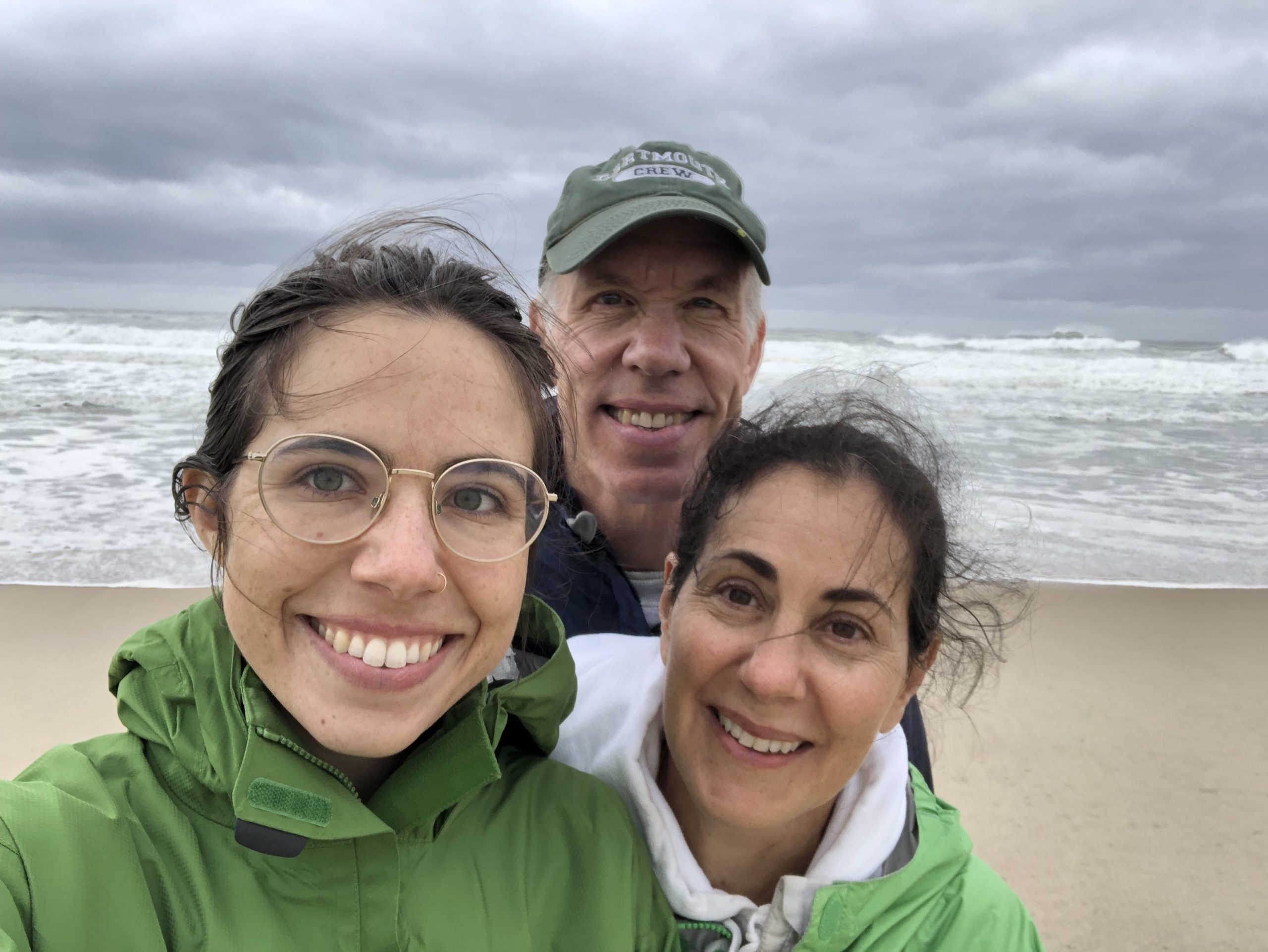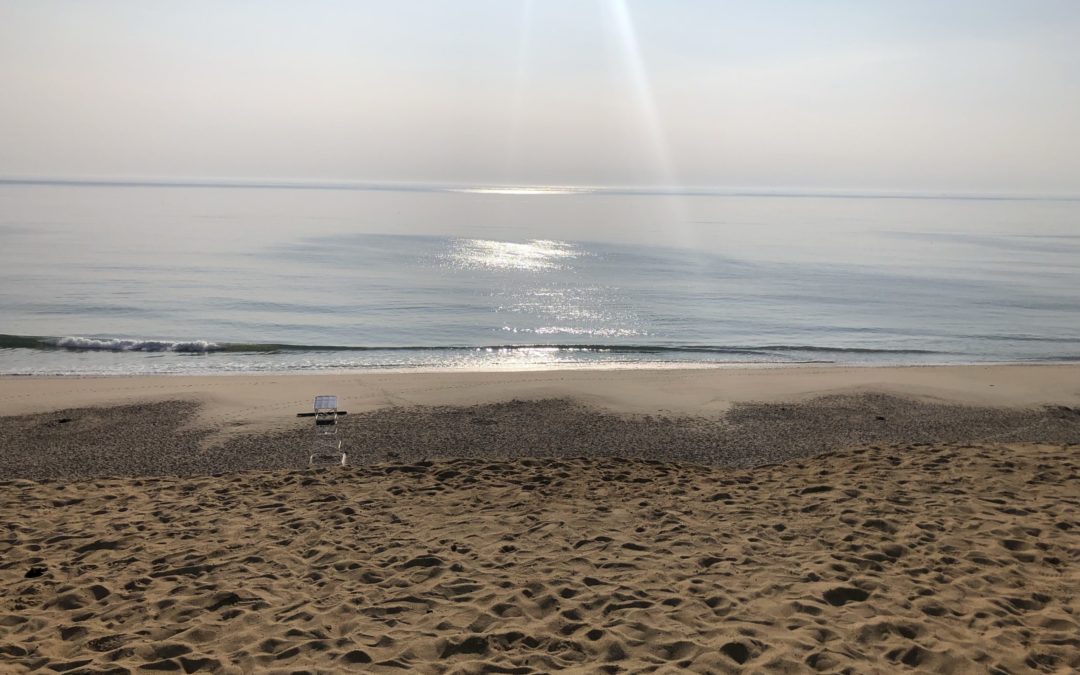Loneliness affects more than one-third of American adults. Older adults are particularly vulnerable, but adolescents, and especially freshmen in college, are some of the lonliest people in the U.S. And loneliness is the number one fear of young people today, including Millennials—ranking ahead of losing a home or a job.
The reasons for each group are different – in part, hyperconnection through social media for the young, trends of mobility for the elderly. Increased political tension and social sorting contribute as well for all of us. But you don’t have to be young or older to be vulnerable.
We all are likely lonely at times. I know have felt lonely and disconnected. Two things that are helpful to remember: You are not the only one who is lonely. You don’t have to feel lonely all the time. Sometimes knowing these things helps, but actually doing something helps more.
A while back I wrote about the The Hidden Loneliness Epidemic. Since then I’ve read and listened to learn about his critical issue. The three ideas that I offered to help feel less lonely still hold: share gratitude, write down your feelings and connect.
I want to come back to this subject, because I’ve seen how reflective writing has helped my clients address the issue of connection and have some additional tools to offer.
So what can you do?
Connect with Others
I have FaceBook, Instagram and LinkedIn accounts, and I check them (too often). But I’ve learned that there’s some danger here. We tend to have a pretty face that we put on online, especially if everyone else is living the perfect life. And creating that perfect profile can lead to a feeling of not being connected to who we really are. Not being enough.
One of my heros, Brené Brown, says “Social media [is] great for developing community, but for true belonging, real connection and real empathy require[s] meeting real people in a real space in real time.” AND true belonging does not require you to change who you are; it requires you to be exactly who you are.
But how do we connect? I believe one of the best ways to increase our connection is to see our common humanity. That’s not easy these days with the “you’re either with me or against me” feelings happening on the news and in the country.
I’m not asking you to like everyone, I’m just suggesting trying to approach each person with compassion and kindness. We all feel pain; we all get hurt and angry; we all worry about our jobs or our kids; and we all want to be happy. Compassion and kindness don’t require you to like the person or their ideas, they just ask us to wish our fellow humans not suffer.
Opening up to compassion and kindness is powerful. And when you do, connection follows.
Connection is so important for our sense of wellness. I am truly thankful for the people in my life and reaching out and connecting with them strengthens our bonds, combats loneliness and increases joy.

Do Something Creative with Others
A few years ago I had the great honor to meet the founder of The Unlonely Project. He is a public health physician who has dedicated his life to reducing loneliness. He says that research indicates creative arts expression, with its ability to engage us and connect us, shows great promise in reducing loneliness and isolation and improving health outcomes.
I teach a writing class at my local college, and I can tell you that when my students share their stories something magical happens. They know that they will be listened to with respect and confidentiality, and that lets them get vulnerable. That vulnerability and sharing creates real connection. The same thing happens when I run my online group workshops.
Creative outlets are all around us. How about singing in a choir, doing an art journaling or painting class, seeing a movie with friends and talking about it, taking an improv class or going to a comedy club with your pals, listening to music in a group, or joining a nature club and hiking and talking? The options are infinite.
I know, time is tight. But doing creative endeavours that you enjoy leads to more energy, and with that energy, you’ll get more done and also feel the benefits of the shared experience.
Write a Letter
Who doesn’t love receiving a letter? Writing one and sending it somehow doesn’t hold as much allure these days. But I am seeing a resurgence of articles about the power of handwritten thank you notes and letters. That doesn’t surprise me. I’m a big believer in letters, especially letters that share stories and/or gratitude.
Letters are an amazing way to share gratitude with friends, colleagues, mentors and people who have shown you kindness. They are the best way I know to share empathy or remind the reader of their resilience during a struggle or your shared history.
Unlike a text or a call, the reader gets to “hear” what you have to say when they’re ready. And they can read the letter again and again and feel your love and support. Sometimes people are not ready to talk or absorb what you’re saying, a letter gives them time to figure out when they’re ready.
There’s an art to writing a letter that connects – but you already know how to do it! The art to these letters is storytelling. And as a human, you are a natural born storyteller. We have been telling our stories, the small ones and the big ones, for a long time.
Sharing what you want to say through story makes the point in a way that your reader can feel and hear what you want to share. And sharing your story takes courage and vulnerability, two key elements to true and deep connection.
Your letter need not be long or complicated.
Here’s a quick template
- How do you want to make your reader feel (usually loved, seen, appreciated, cared for …)?
- Recall the way the person made you feel through their thoughtful gift or kind actions.
- Think through why the person matters to you, what stories from your shared experience will help you say that.
Go ahead, try it out. I bet you’ll feel more connected to your reader as a result. Happy writing.
Want more help writing that thank you note? Check out my free e-Book, 5 Easy Steps to Writing a Great Thank You Note. You’ll learn a simple, satisfying process that you can use again and again to share gratitude for gifts and kind acts with the special people in your life.

